-
 © Tony Baker/Classic & Sports Car
© Tony Baker/Classic & Sports Car -
 © Historics Auctioneers
© Historics Auctioneers -
 © The Market by Bonhams
© The Market by Bonhams -
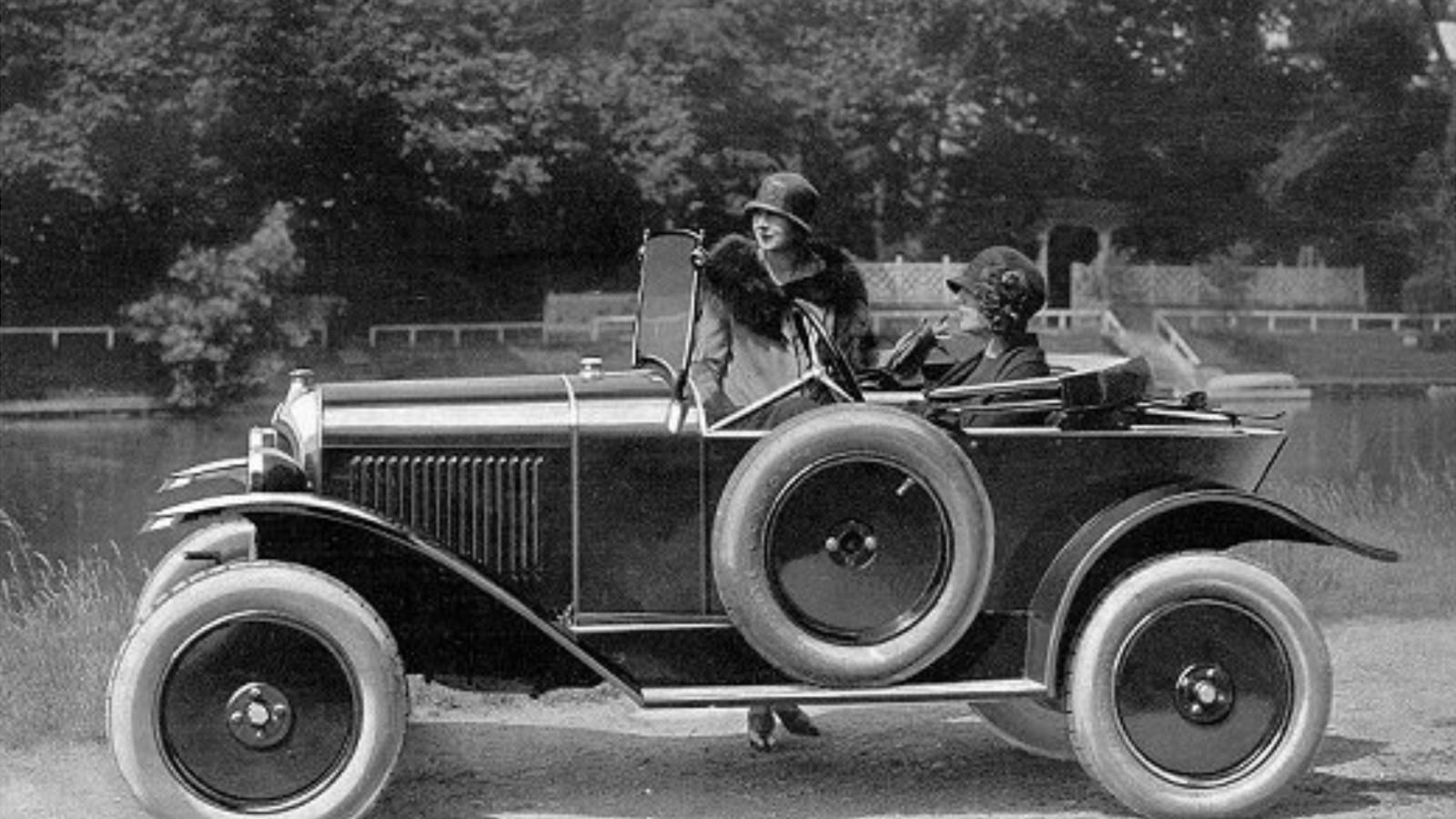 © Public domain
© Public domain -
 © Alexandre Prévot/Creative Commons https://creativecommons.org/licenses/by-sa/2.0/legalcode.en
© Alexandre Prévot/Creative Commons https://creativecommons.org/licenses/by-sa/2.0/legalcode.en -
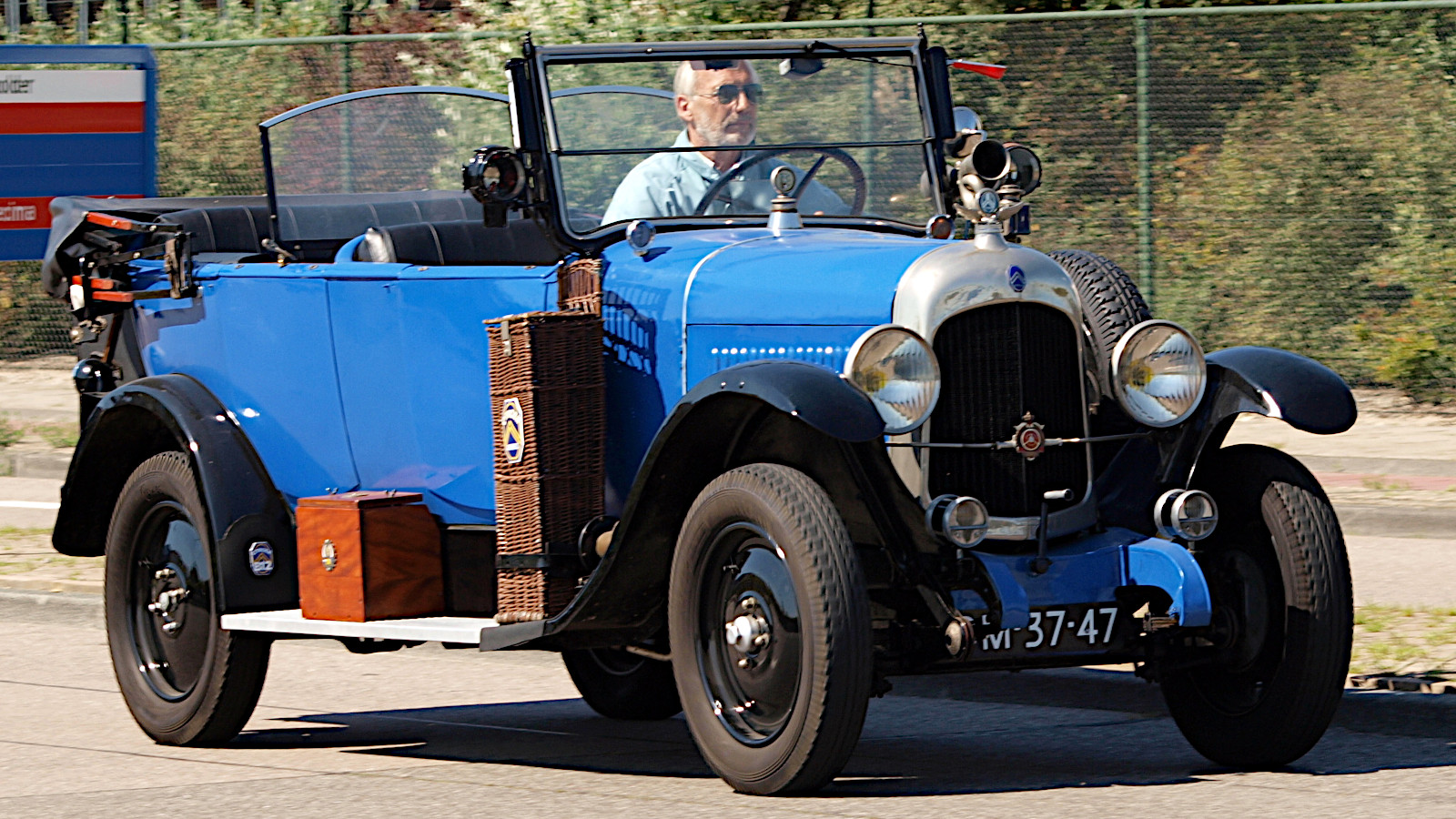 © Alf van Beem/Creative Commons https://creativecommons.org/publicdomain/zero/1.0/legalcode.en
© Alf van Beem/Creative Commons https://creativecommons.org/publicdomain/zero/1.0/legalcode.en -
 © Tom Wood/RM Sotheby’s
© Tom Wood/RM Sotheby’s -
 © Jean Ribéry/Creative Commons https://creativecommons.org/licenses/by-sa/3.0/legalcode.en
© Jean Ribéry/Creative Commons https://creativecommons.org/licenses/by-sa/3.0/legalcode.en -
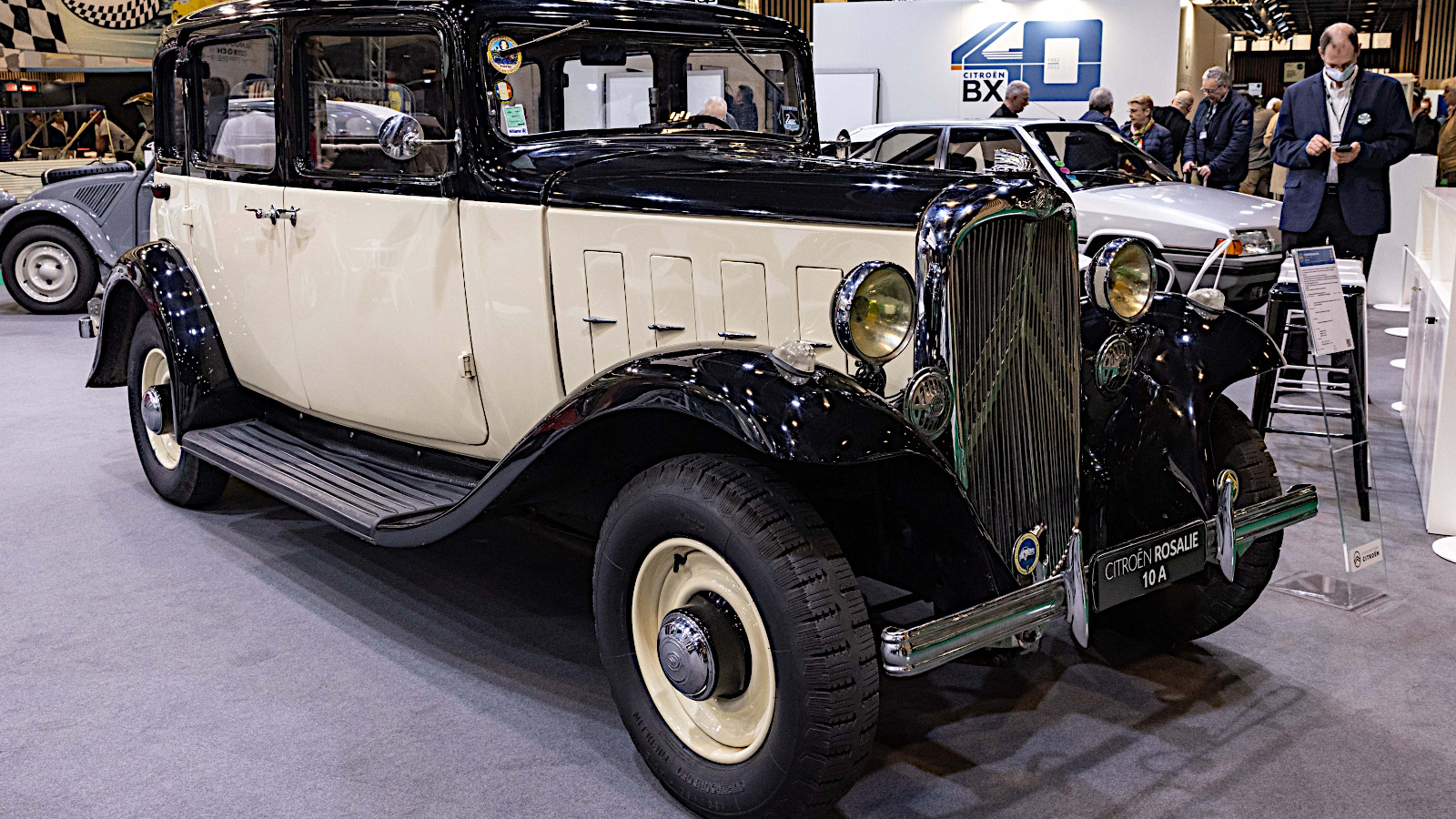 © Newspress
© Newspress -
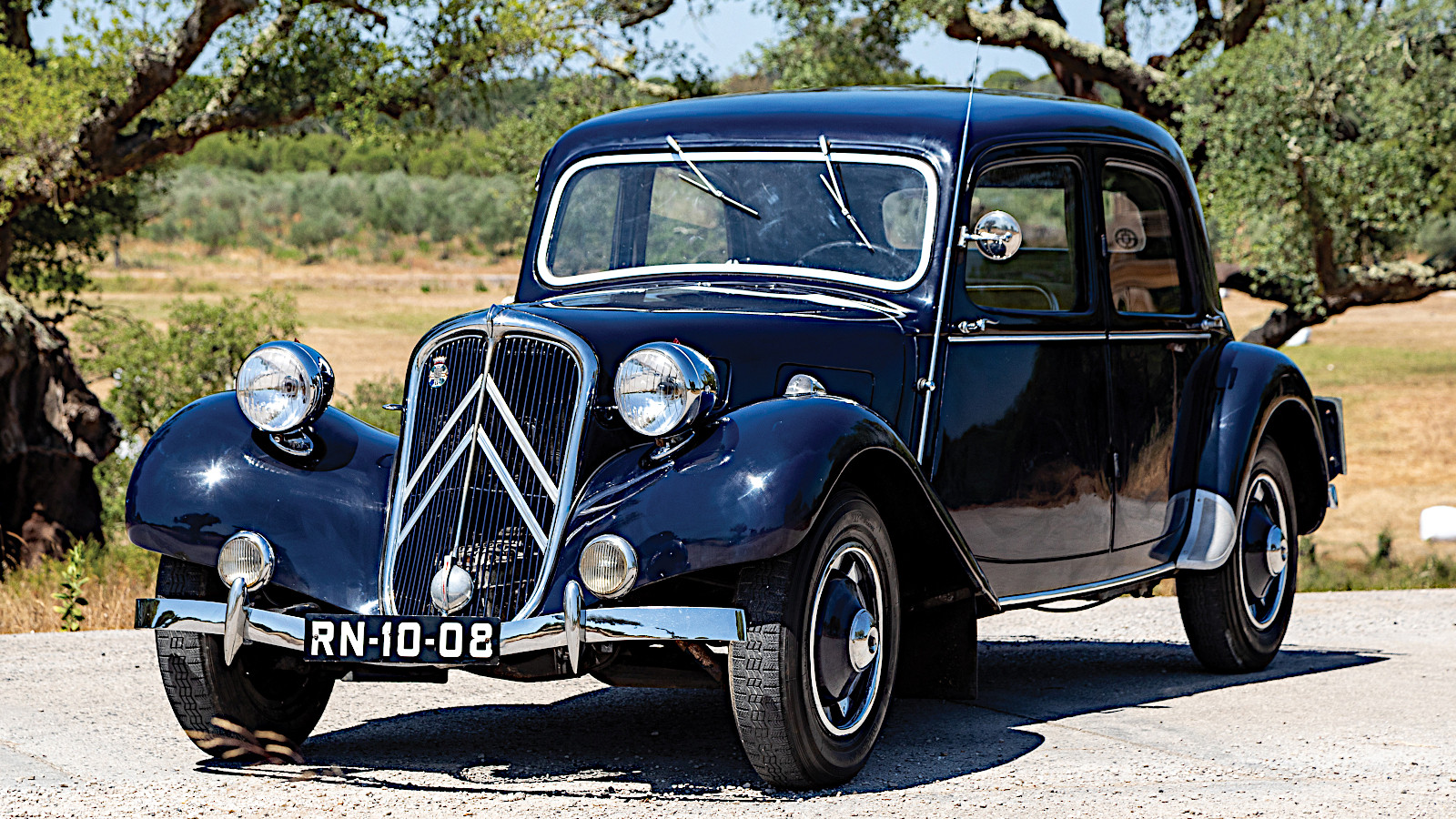 © Bernard Lúcio
© Bernard Lúcio -
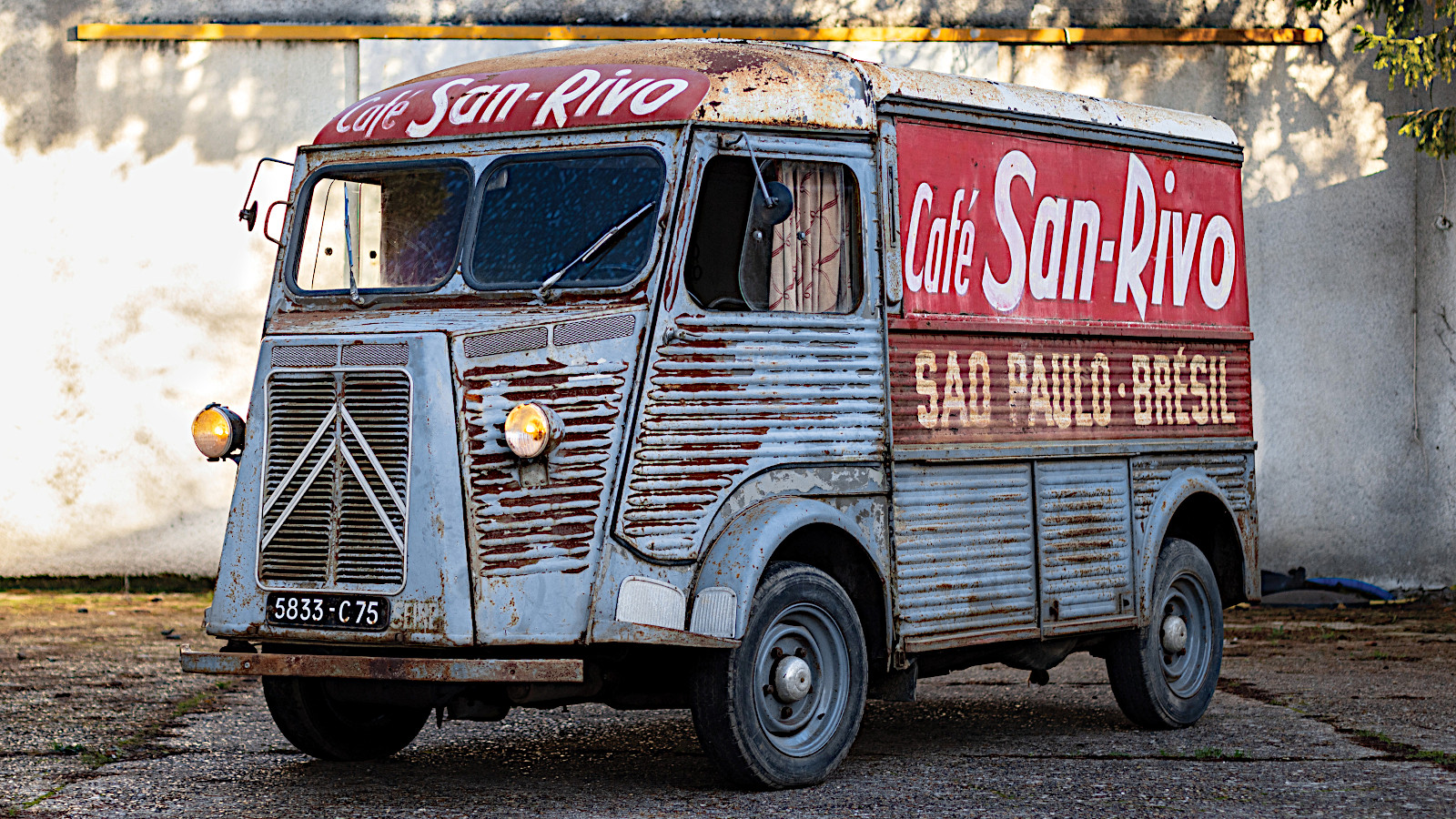 © Kevin Van Campenhout/RM Sotheby’s
© Kevin Van Campenhout/RM Sotheby’s -
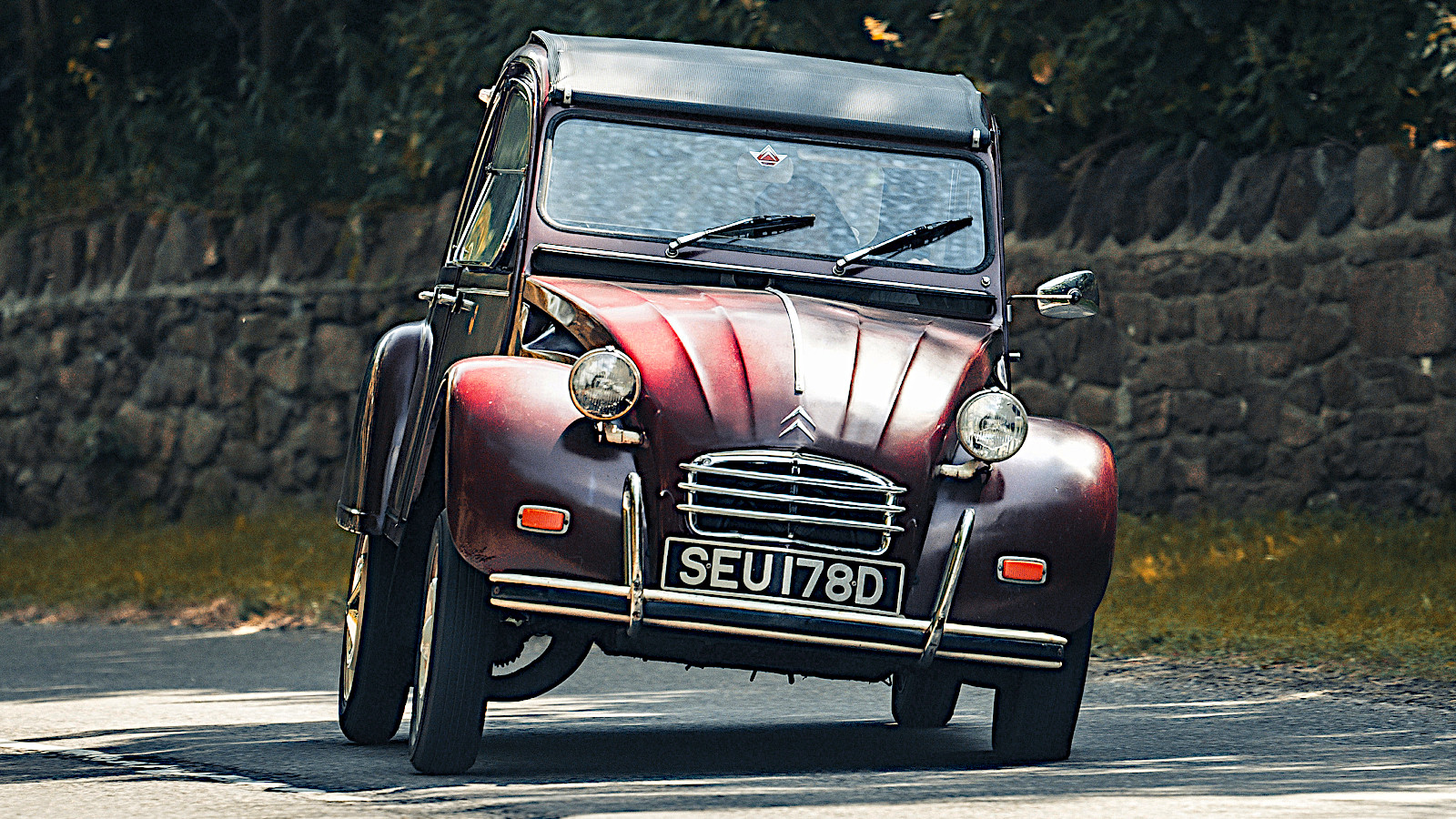 © Luc Lacey/Classic & Sports Car
© Luc Lacey/Classic & Sports Car -
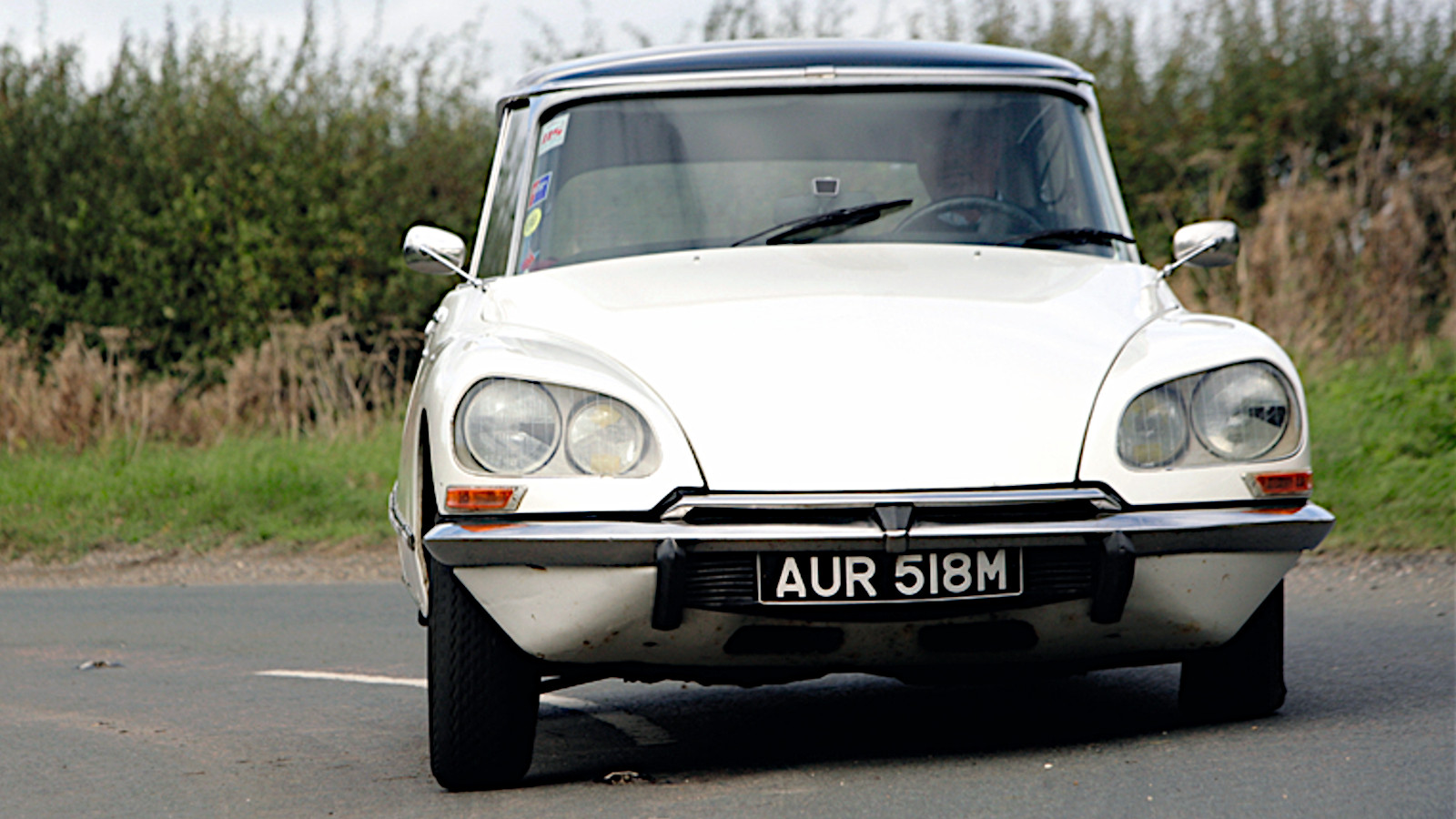 © Tony Baker/Classic & Sports Car
© Tony Baker/Classic & Sports Car -
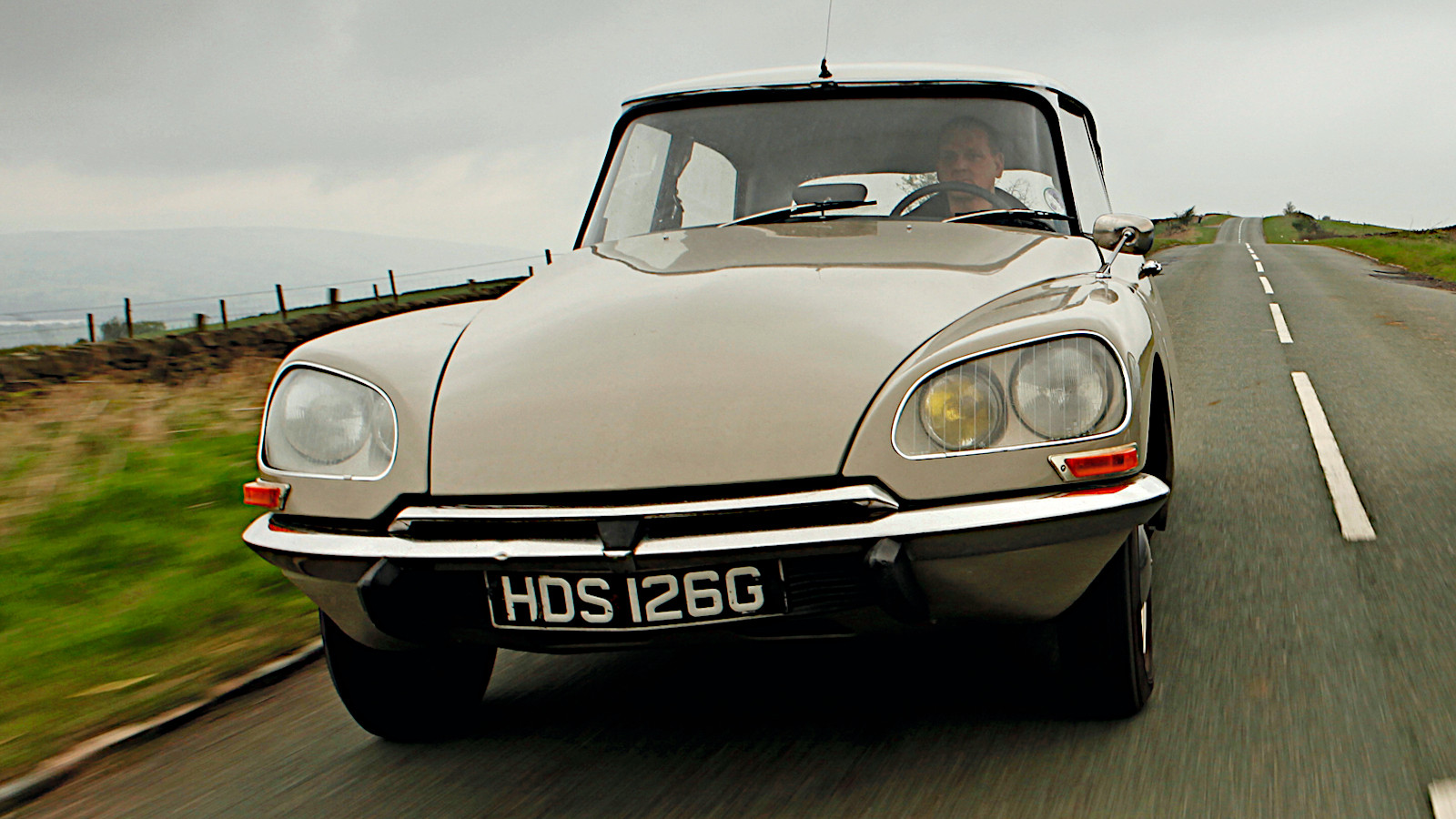 © Tony Baker/Classic & Sports Car
© Tony Baker/Classic & Sports Car -
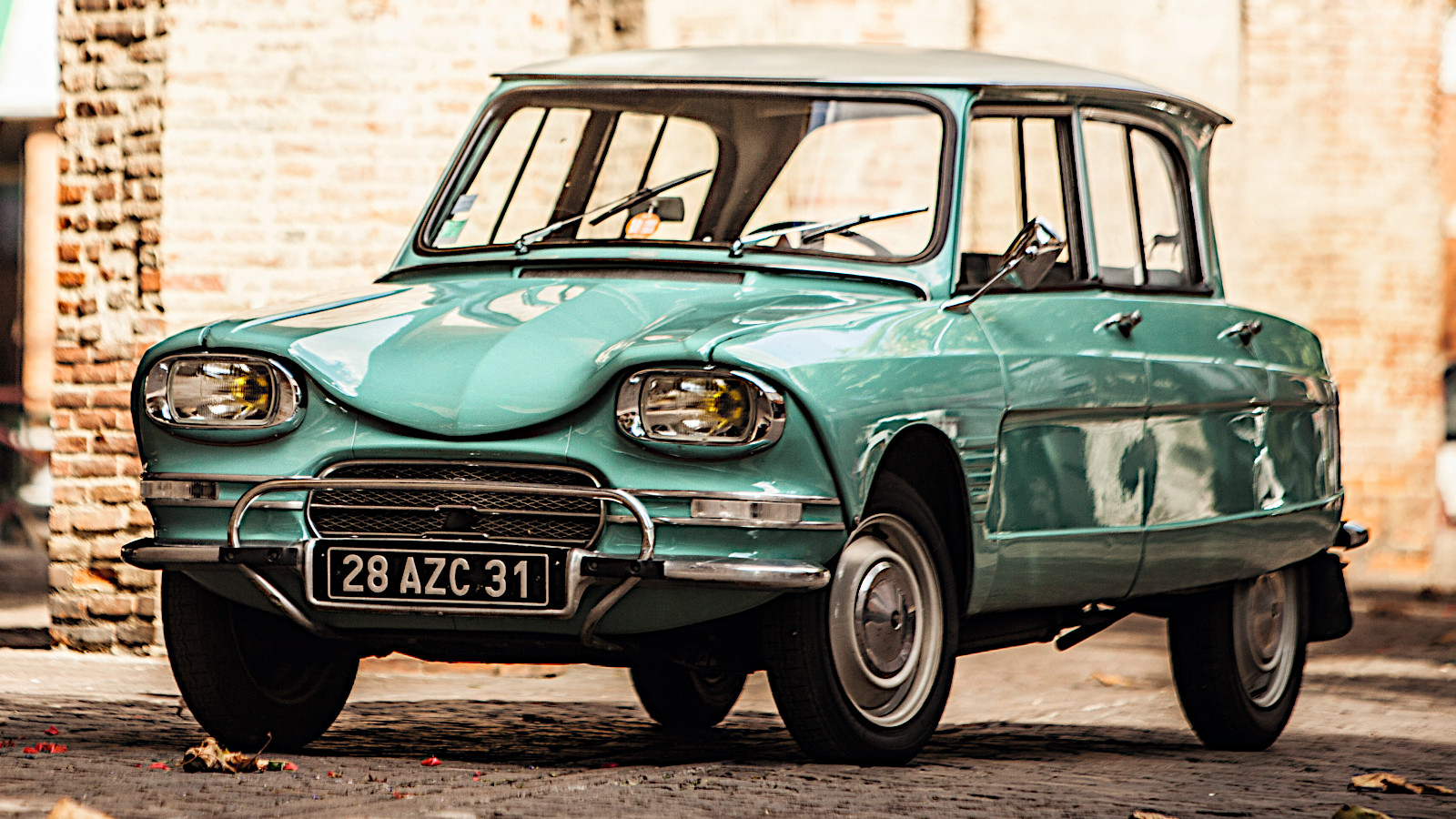 © Tony Baker/Classic & Sports Car
© Tony Baker/Classic & Sports Car -
 © nakhon100/Creative Commons licence https://creativecommons.org/licenses/by/2.0/legalcode.en
© nakhon100/Creative Commons licence https://creativecommons.org/licenses/by/2.0/legalcode.en -
 © Tony Baker/Classic & Sports Car
© Tony Baker/Classic & Sports Car -
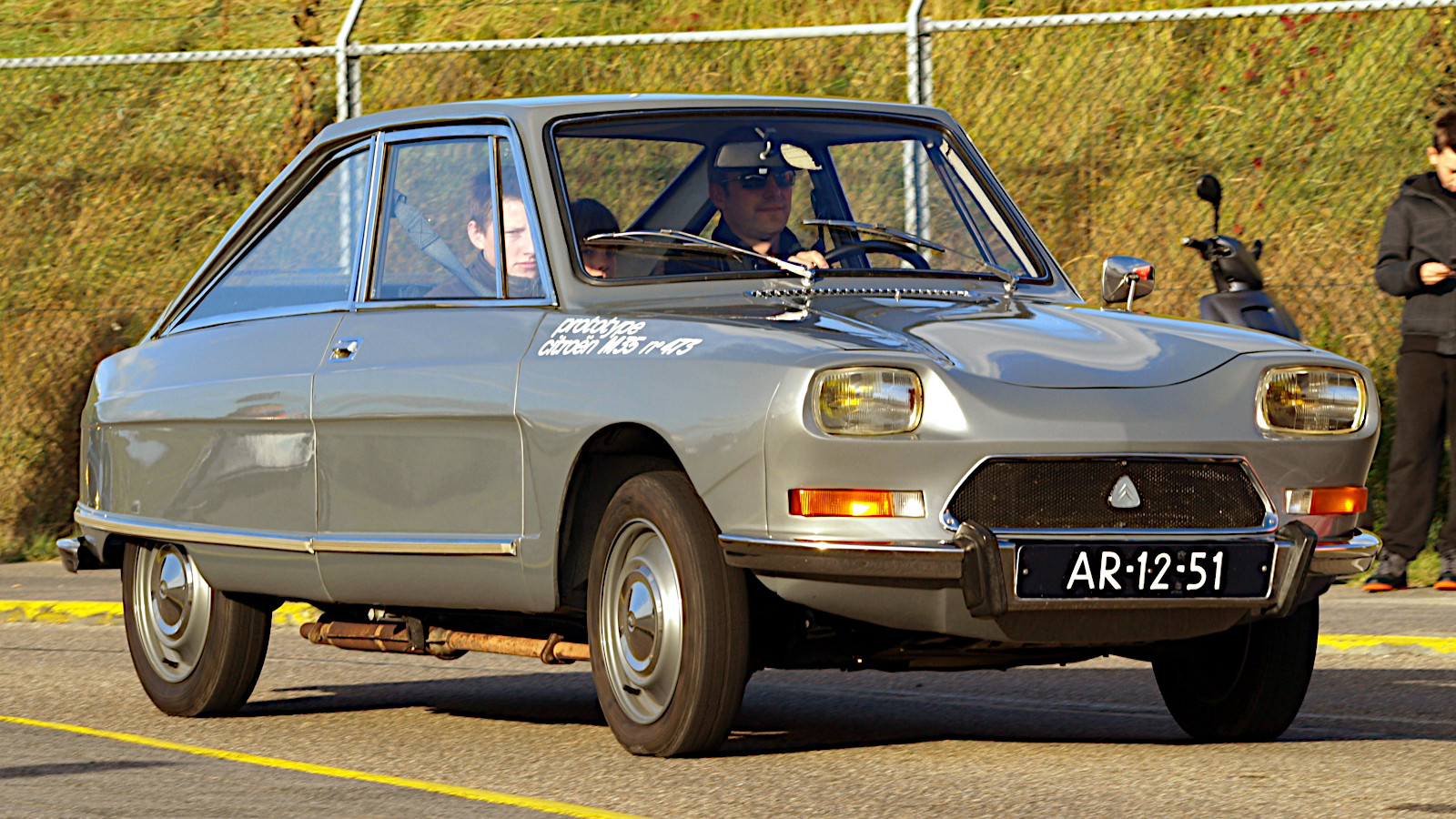 © Alf van Beem/Creative Commons https://creativecommons.org/publicdomain/zero/1.0/legalcode.en
© Alf van Beem/Creative Commons https://creativecommons.org/publicdomain/zero/1.0/legalcode.en -
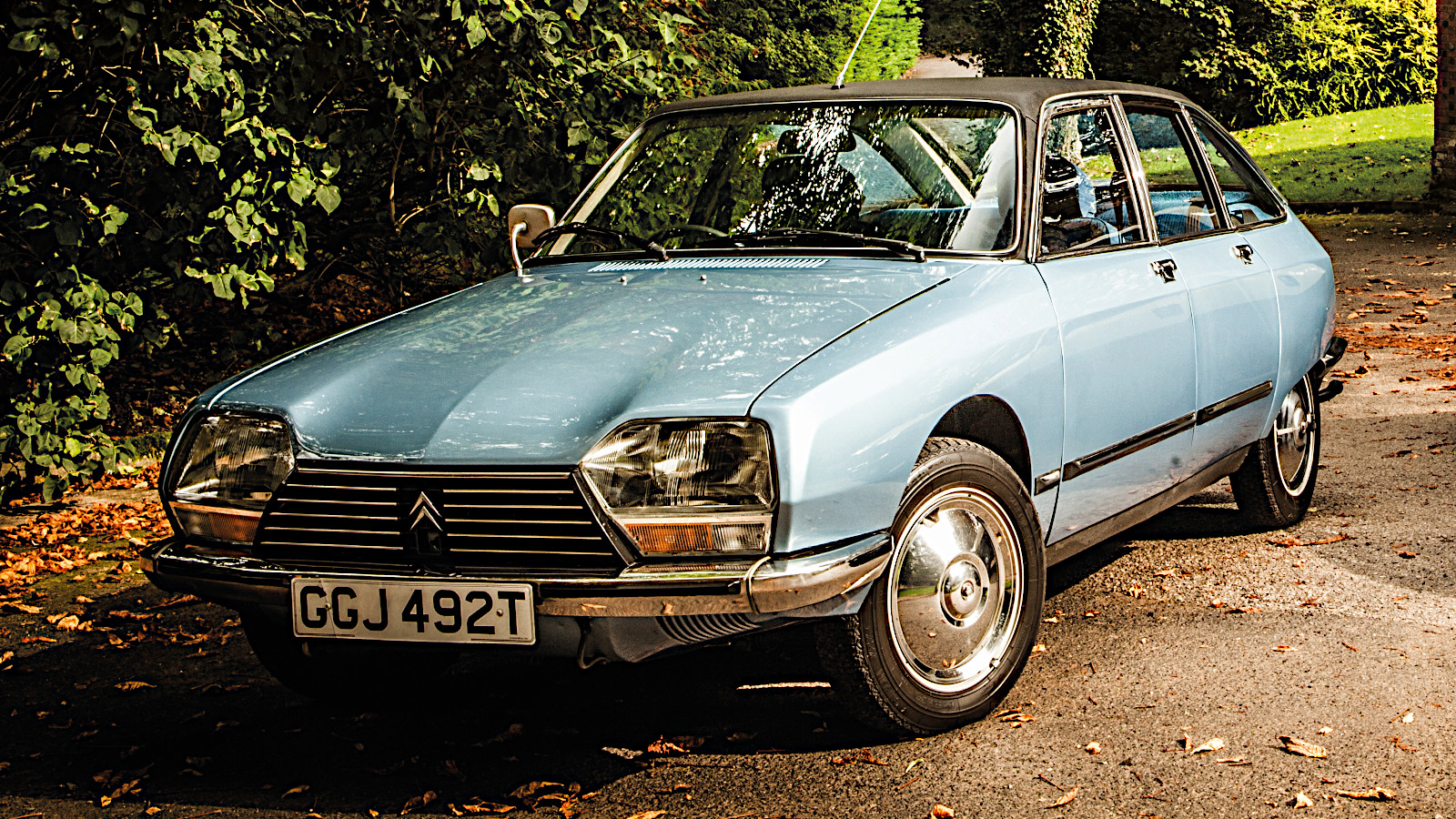 © Tony Baker/Classic & Sports Car
© Tony Baker/Classic & Sports Car -
 © Tony Baker/Classic & Sports Car
© Tony Baker/Classic & Sports Car -
 © Tony Baker/Classic & Sports Car
© Tony Baker/Classic & Sports Car -
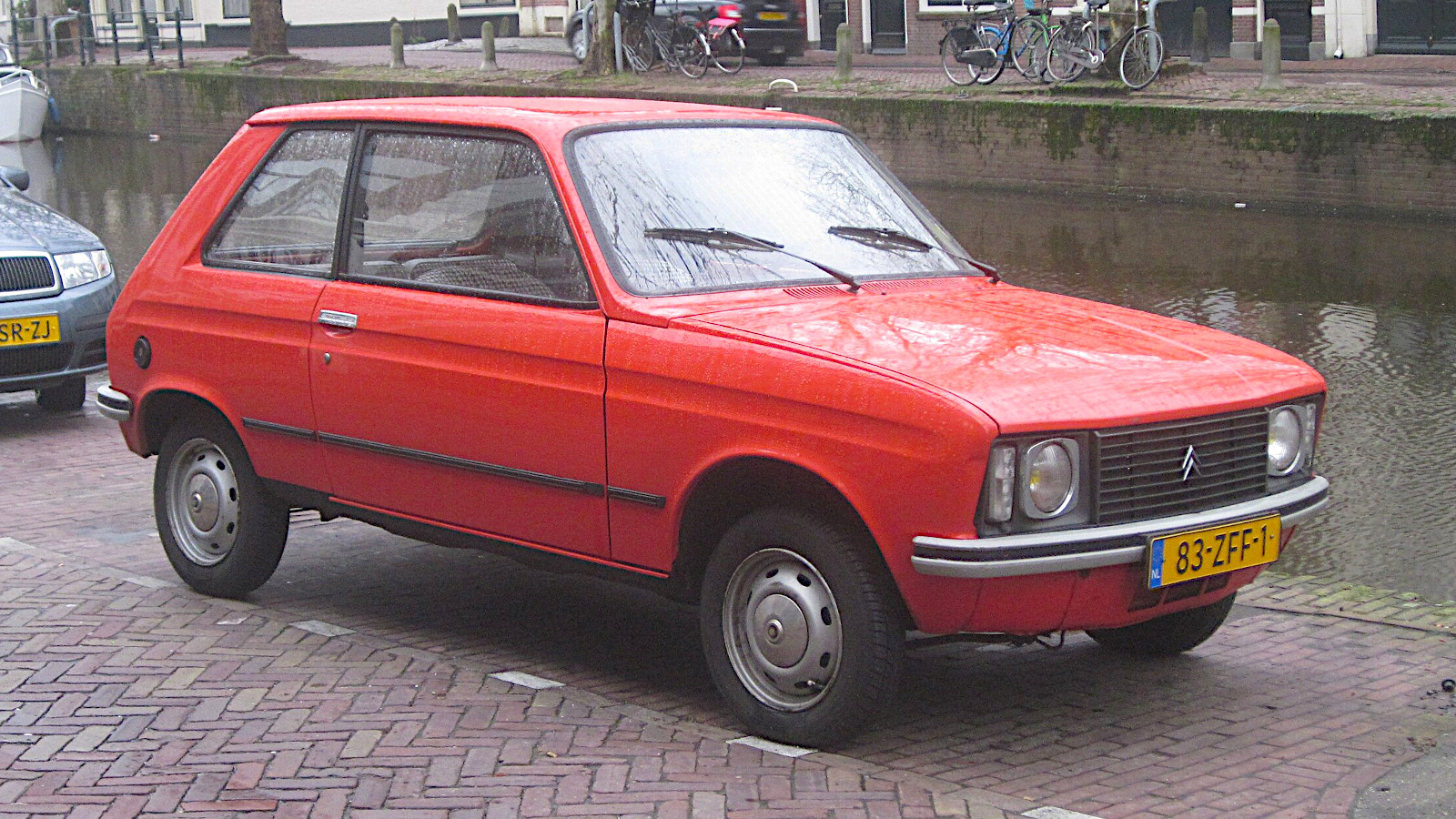 © Brbbl/Creative Commons licence https://creativecommons.org/licenses/by-sa/3.0/legalcode.en
© Brbbl/Creative Commons licence https://creativecommons.org/licenses/by-sa/3.0/legalcode.en -
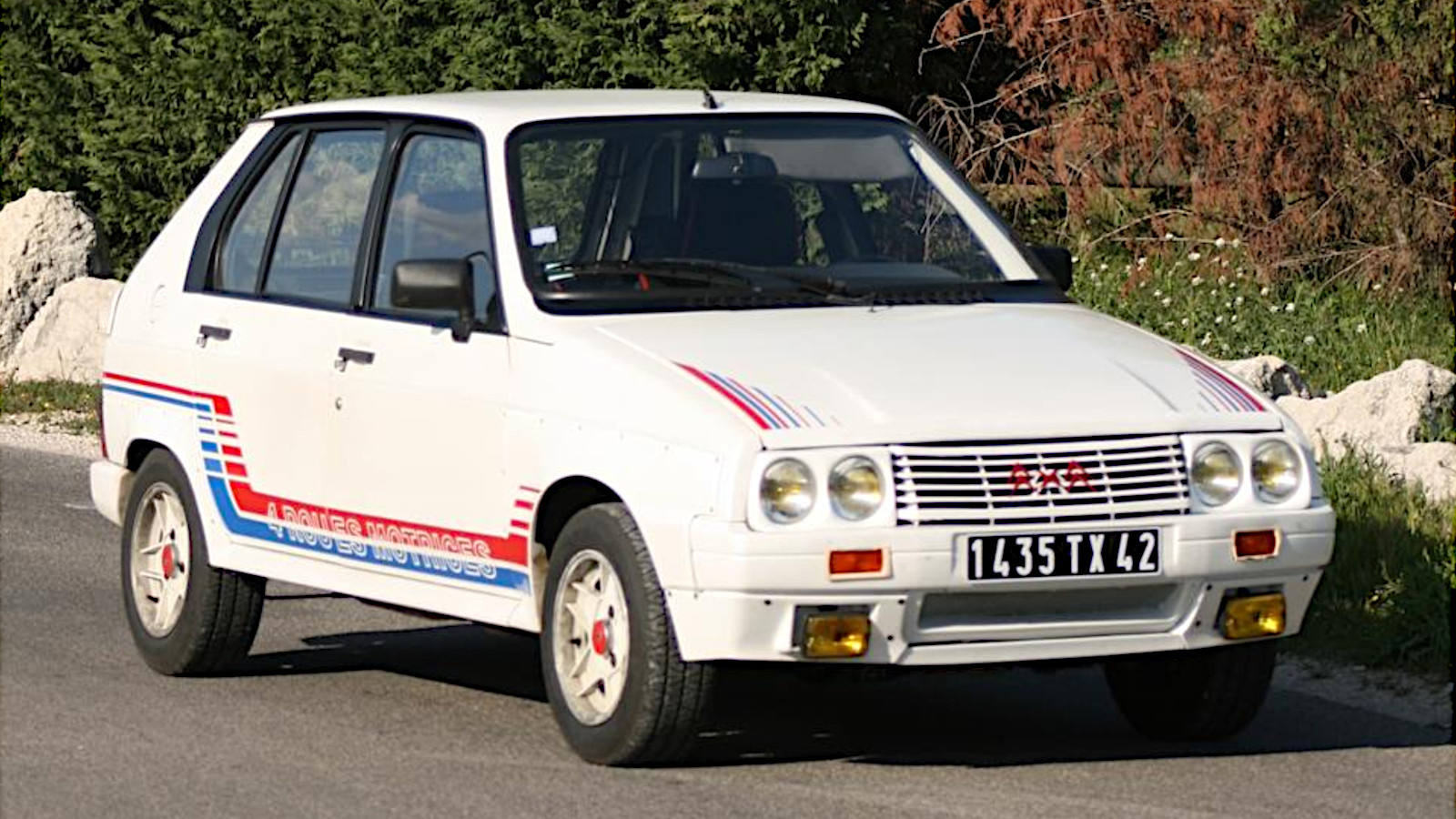 © Bonhams | Cars
© Bonhams | Cars -
 © Bonhams | Cars
© Bonhams | Cars -
 © Malcolm Griffiths/Classic & Sports Car
© Malcolm Griffiths/Classic & Sports Car -
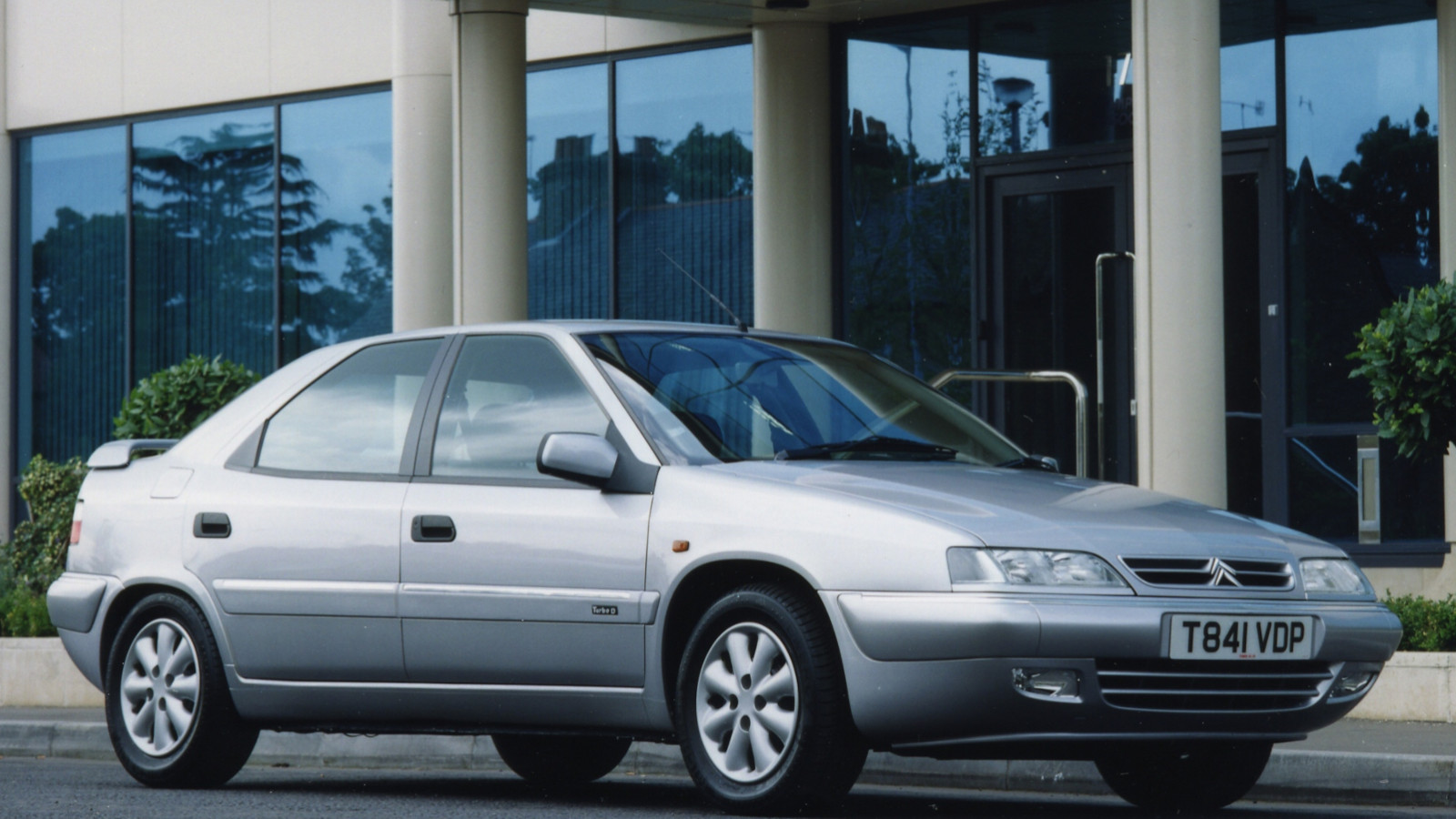 © Stellantis
© Stellantis -
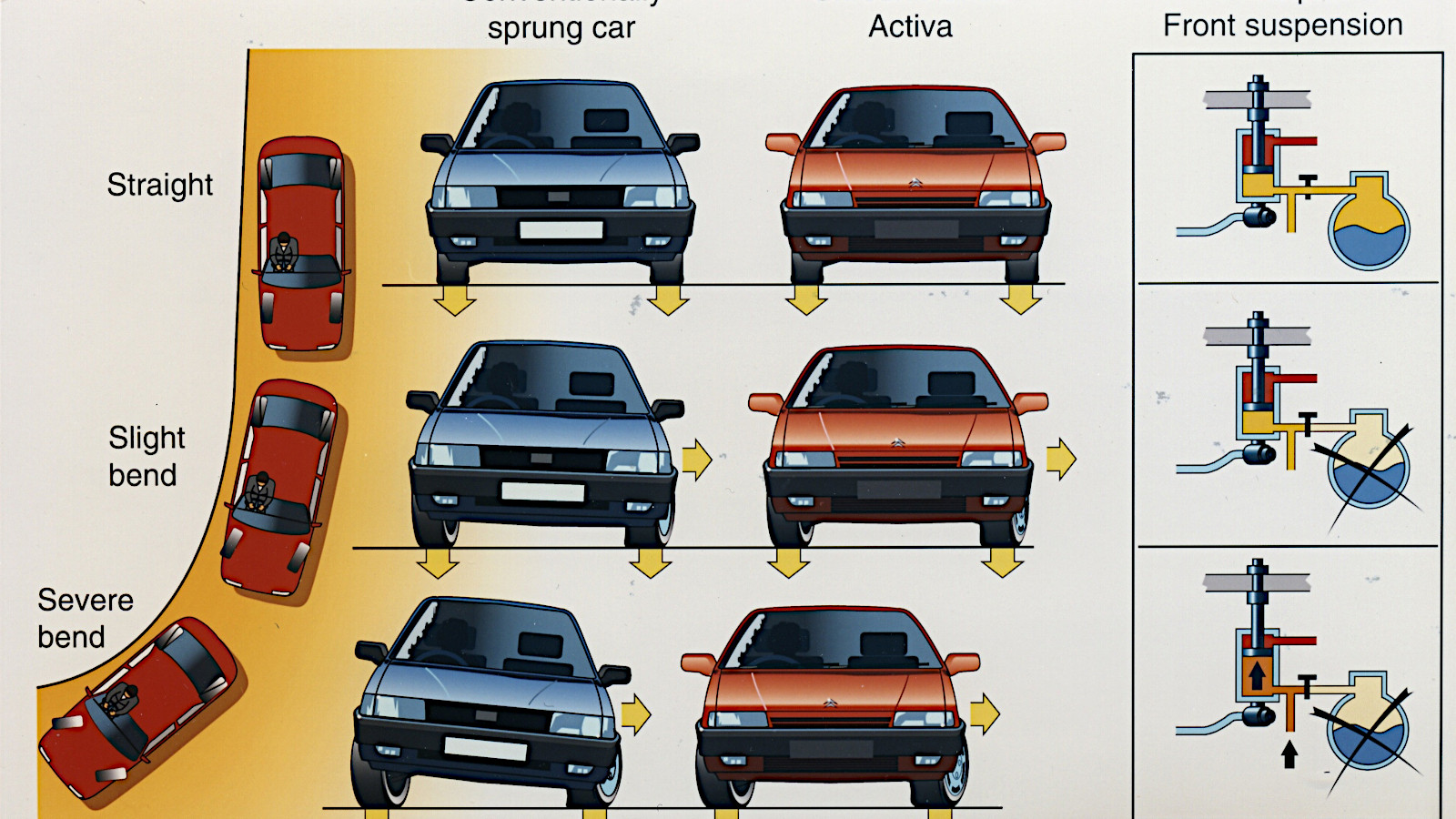 © Stellantis
© Stellantis -
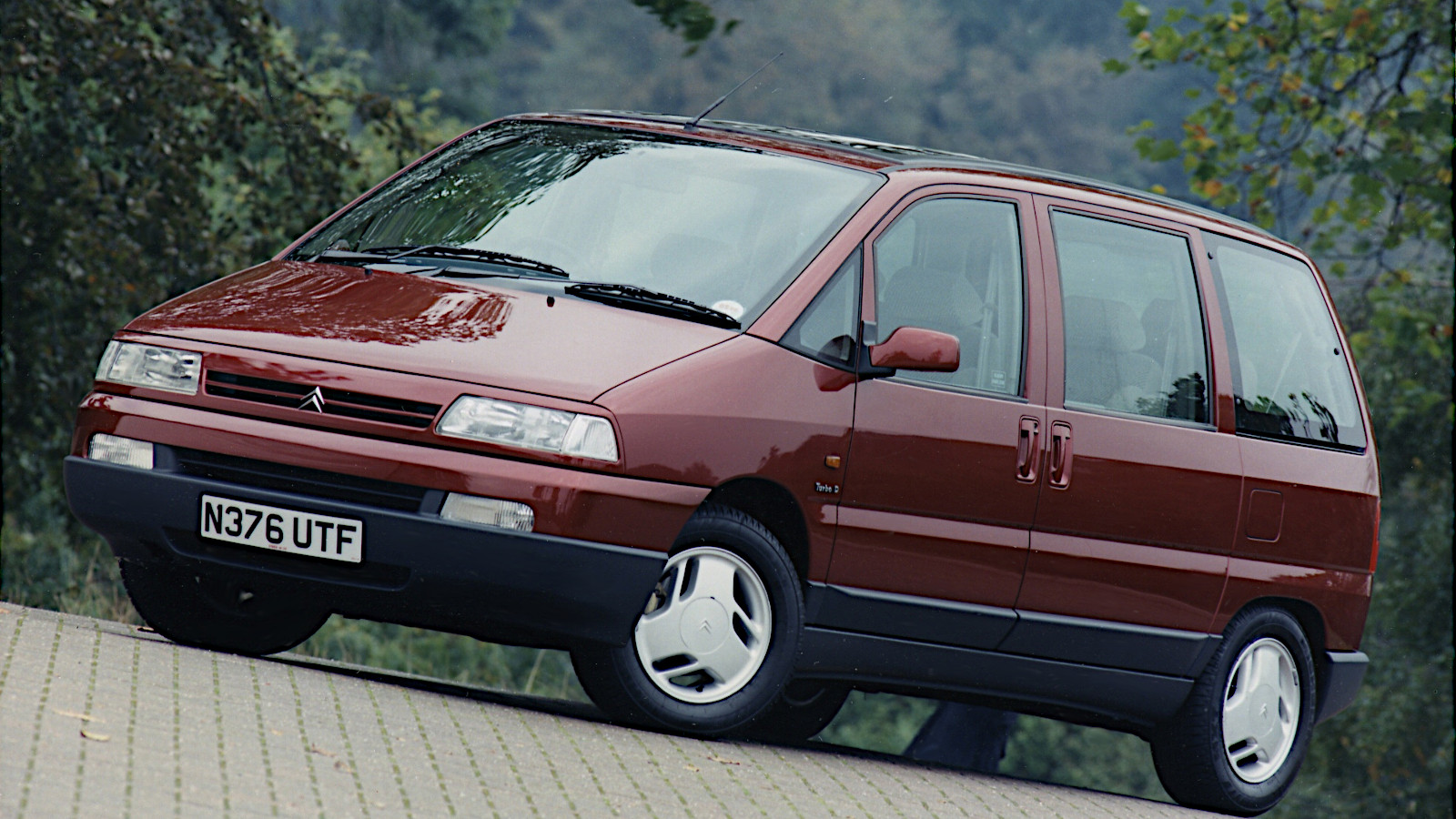 © Stellantis
© Stellantis -
 © Stellantis
© Stellantis -
 © Jean-Christophe Karsztun/Creative Commons licence https://creativecommons.org/licenses/by-sa/4.0/legalcode.en
© Jean-Christophe Karsztun/Creative Commons licence https://creativecommons.org/licenses/by-sa/4.0/legalcode.en -
 © Stellantis
© Stellantis
-
Double Chevron delights
Still only a few years into its second century, Citroën is significantly younger than its traditional rivals, Peugeot and Renault, and there’s a case for saying that it is – or at least used to be – the wild child of the French motor industry.
Like any large-scale manufacturer, it missed the mark a few times, but its best models showed ingenuity and flair, even if they weren’t necessarily successful.
Here are 30 examples of Citroën getting it right, from the 20th century, presented in chronological order.
-
1. Citroën Type A (1919)
The Type A wasn’t just the first Citroën – it’s also regarded in some quarters as France’s, and perhaps Europe’s, first mass-produced car in the modern sense.
Although it was made only from mid 1919 until the end of 1921, Citroën built a remarkable 24,093 examples.
Innovative in terms of its suspension (rear shock absorbers were not considered necessary) and seats, the Type A was available not only as a passenger car but also as a taxi, an ambulance and various types of commercial vehicle.
Contemporary advertising boasted to private buyers that the car could average 38mpg and use just 250g of oil every 100km, and that it was exceptionally light on its tyres.
-
2. Citroën Type B2 (1921)
The claim that the Type A was Citroën’s first mass-produced car is not supported by Citroën itself, which regards the B2 as the holder of that title.
This is backed up by the fact that, according to the company’s figures, 89,615 B2s were built in about the same time as it had taken to manufacture less than a third as many Type As, though other sources claim that it was actually in production for several years longer.
Both cars had four-cylinder engines, but the B2’s was 125cc larger at 1452cc, and the top speed, depending on body style, was 45mph, rather than the Type A’s 40mph.
-
3. Citroën Type C (1922)
Citroën’s most famous model, the 2CV, is renowned for providing simple transport at the lowest possible cost, but the company was already exploring that sector of the market more than a quarter of a century earlier.
The Type C, which would be produced in several versions over four years, was about the same width as the Type A, but significantly lower and very much shorter, and weighed less than three-quarters as much.
It was advertised as having three comfortable seats, “even for people of above-average corpulence”, and as being “not a cyclecar, but a real automobile with reduced dimensions”, perhaps in an attempt to nudge potential buyers away from the two-seat Peugeot Quadrilette.
Powered by an 856cc engine, the Type C had a very modest top speed of 35mph, but the fact that Citroën thought it worthwhile to build 80,232 suggests that owners found this satisfactory.
-
4. Citroën Type B10 (1924)
In one sense, the B10 was a continuation of what had gone before, since its chassis and running gear were the same as those of the B2.
In another, it was transformative, thanks to its tout acier (all-steel) body.
This was an astonishing feature, given that car bodies at the time usually consisted of steel (or sometimes fabric) panels attached to a wooden frame.
Other manufacturers had to follow Citroën’s example, and steel bodies very quickly became the norm.
-
5. Citroën Type B12 (1926)
As Citroën and its customers soon found out, there was more to fitting an all-steel body than simply plonking it on to an existing chassis.
The B12 was a necessary development of the B10, once again using the now familiar 1452cc engine but with a considerably stiffer chassis.
There was another upgrade, too – the B12 was the first Citroën with brakes on all four wheels, rather than just on the rears.
-
6. Citroën Type B14 (1926)
Having gone downmarket with the Type C four years earlier, Citroën went in the other direction with the B14 in 1926.
The new model had the company’s largest engine yet – a 1583cc unit – and was available with a wide range of bodies suitable for both private and commercial use.
Depending on which body was chosen, the B14 could seat two, three, four or in some cases even six occupants.
In one advertisement, it was described as “elegant, comfortable, easy to handle”.
-
7. Citroën C6 (1928)
Originally known as AC4 and AC6, the C4 and C6 were both unveiled at the Paris show in 1928.
The C6 was the more innovative of the two, in that it was the first Citroën with a six-cylinder engine, measuring 2442cc in the early days, but later enlarged to 2650cc.
A very special C6 – largely built in Paris but bodied in Italy, “voluntarily, by very pious workers”, according to one source – was presented to Pope Pius XI in June 1930, to celebrate the previous year’s reconciliation between the Catholic Church and the Italian state.
According to the Vatican Museum, “It did not receive much use due to its excessively lavish appearance, and therefore has travelled only 192km.”
-
8. Citroën Rosalie (1932)
Rosalie was not the name of any specific Citroën model, but a nickname used for a whole range of them.
Replacing the C4 and C6, they were offered with 1452cc and 1767cc four-cylinder petrol engines and the 2650cc ‘six’, along with a generous choice of body styles.
The most innovative Rosalies were the ones powered by a 1750cc diesel, co-developed with British company Ricardo.
These became available in early 1937, making Citroën one of the first three manufacturers (the others being Mercedes and Hanomag) to put a diesel-engined passenger car on sale to the public.
-
9. Citroën Traction Avant (1934)
Like Rosalie, Traction Avant is the generic name for several Citroëns produced in the same period.
The term means front-wheel drive, which they all shared, along with other state-of-the-art features such as unibody construction, independent front suspension and hydraulic brakes.
The cost of developing this extraordinary car, and creating an enormous new factory in which to build it, ruined Citroën, and forced it into the hands of its major creditor, Michelin.
However, neither this nor the global war which followed killed the Traction Avant, which remained in production until 1957.
-
10. Citroën H Van (1947)
In the late 1940s, Citroën introduced two vehicles which, despite their utilitarian purpose, would become celebrated and even loved in the years to come.
The first was the H Van, whose front-wheel-drive layout allowed Citroën to provide a very low load floor – one of many useful features for a commercial model.
Diesel engines would come later, but at first Citroën used the 1911cc petrol unit already found in the Traction Avant, and here providing far more power than the smaller engines in the rival Renault Estafette and Volkswagen Type 2 could manage.
Nearly half a million examples were built before production stopped in 1981.
-
11. Citroën 2CV (1948)
Somewhat to the company’s regret in later years, the 2CV became Citroën’s most celebrated car, and perhaps still the one most closely associated with the brand by people who have no interest in motoring.
Designed in the 1930s, it was, along with the contemporary Volkswagen Beetle and the later Fiat 500, one of the three cheap, practical European cars which somehow attained cult status in the post-war era.
As we’ll see, Citroën would go on to produce several derivatives, but the 2CV outlived them all, finally expiring in the 1990s after nearly four million had been manufactured.
-
12. Citroën DS (1955)
More spectacularly innovative even than the Traction Avant, the DS was a car the rest of the motor industry still hasn’t fully caught up with.
High-mounted rear indicators are common now but definitely weren’t in the 1950s, and Citroën remains the only mainstream manufacturer to have persevered for many years (as Mazda did with rotary engines) with self-levelling hydropneumatic suspension.
This, along with remarkable toughness, made the DS a very successful rally car in the days when routes could be treacherous and the adage “to finish first, you first have to finish” was even more pertinent than it is now.
The DS gained cornering headlights in 1967, and 32 years later it was voted third in the Car of the Century poll, finishing behind the Ford Model T and Mini, but ahead of the Volkswagen Beetle and Porsche 911.
-
13. Citroën ID (1957)
The DS was a worthy successor to the Traction Avant, but it was also far more expensive, and risked driving customers away from Citroën.
In an effort to prevent this happening, the company produced the ID.
Visually, and in many other respects, it was essentially the same as the DS, but it was far less complex and therefore cheaper.
Citroën says it built 445,000 examples, which is less than a quarter of total ID/DS sales, but it was better to have that money coming in than being spent on rival cars instead.
-
14. Citroën Ami (1961)
Originally known as the Ami 6, the first derivative of the 2CV was one of the oddest-looking cars Citroën ever produced, thanks to its almost-unheard-of lozenge-shaped headlights and, in the case of the saloon, a reverse-raked rear window.
The latter was abandoned, and the appearance generally modified, in 1967, when the car became known as the Ami 8.
In each case it was powered by the 2CV’s 602cc flat-twin engine, but in 1973 Citroën introduced the Ami Super, which had a much more powerful 1015cc flat-four.
In its largest form, the ‘four’ measured 1299cc, and a version of this size was once fitted, in a Glasgow garage, to a car which became known as the Ami Super Duper, but Citroën itself never attempted such a thing.
-
15. Citroën Dyane (1967)
Mechanically identical to the 2CV, the Dyane was presented as an upmarket alternative with a more modern look, created partly by placing the headlights in the front wings.
It was available at first only with a 425cc version of the by-now-famous flat-twin engine, but this was replaced in 1968 by a 435 for the Dyane 4 and a 602 for the Dyane 6.
Citroën also offered a van version called the Acadiane, suitable for business owners who either couldn’t afford an H Van or didn’t need as much load space as it provided.
In total, 1,444,583 Dyanes were built before production ended in 1983, though Citroën kept going with the Acadiane for a few years longer.
-
16. Citroën Méhari (1968)
Perhaps the most adventurous 2CV derivative was the Méhari, which used the older car’s mechanicals but had a plastic body.
While it had a serious purpose, it was also frequently used as a beach car, and can be spoken of in the same sentence as the Renault Rodeo, the Mini Moke, and Ghia’s Jolly versions of the Fiat 500 and 600.
The Méhari 4x4 had a single engine driving through a proper four-wheel-drive transmission, unlike the rare 2CV Sahara, which had a complete, but almost entirely unconnected, engine and gearbox at each end.
The fact that fewer than 150,000 examples were built shows that the Méhari was a niche model, but at the same time demand was strong enough to sustain production from 1968 to 1987.
-
17. Citroën M35 (1969)
The M35 was a coupé version of the Ami with a single-rotor engine produced by Comotor, a joint venture involving Citroën and NSU.
267 M35s were built, and driven for around 30,000km each by private testers, who responded positively when asked what they thought of them.
Confident of having got this rotary-car business right, Citroën followed up the M35 project by putting on sale a twin-rotor version of the GS, which was so disastrous it put the company in the same peril as the Traction Avant had done.
-
18. Citroën GS (1970)
The Birotor unpleasantness notwithstanding, the GS was a remarkable car which deserves to be better known than it is today.
Designed to fill the considerable gap between the DS at one end of the Citroën range and the 2CV or anything resembling it at the other, it was named Car of the Year for 1971.
It was difficult to argue with this, because the GS was festooned with interesting technical features such as an aerodynamic body, hydropneumatic suspension, disc brakes on all four wheels and the Ami Super’s air-cooled flat-four engine, which kept the centre of gravity nice and low.
Some commentators hoped that the GS, or GSA as it later became known, would inspire other manufacturers to design similarly innovative mass-production cars of their own, but on the whole they resisted the temptation.
-
19. Citroën SM (1970)
Almost as different from the contemporary GS as it was possible to be, the SM was the new flagship of the Citroën range.
Its V6 engine (created by Maserati, which Citroën owned at the time) was the most powerful yet used in one of the French company’s road cars, and remained so until a 24-valve 3-litre was fitted to the XM nearly a quarter of a century later.
Despite that, the SM was renowned more for its comfort, handling, braking and appearance than for its performance.
Described by Autocar in 1971 as “technically the world’s most advanced car”, it was placed third in that year’s Car of the Year award, two places behind the GS – the first and, to date, still only case of two models from the same brand making it into the top three at the same time.
-
20. Citroën CX (1974)
It’s difficult to imagine any other automobile manufacturer producing a large saloon car of the 1970s with a combination of a very aerodynamic shape, self-levelling hydropneumatic suspension and speed-sensitive power steering, but this was exactly what could be expected of Citroën.
The CX, which replaced the DS as the brand’s largest high-volume model, repeated the GS’s feat of four years previously by winning the 1975 Car of the Year award, handsomely beating the first-generation Volkswagen Golf into second place by 229 votes to 164.
A much longer bodyshell was used for the estate versions, which in Familiale form had seven seats arranged in three rows.
The CX was in production for nearly as long as the DS had been, surviving until 1991, by which time its successor, the XM, had already been on sale for two years.
-
21. Citroën LN (1976)
In the mid 1970s, the general view was that Citroën had got it badly wrong with the LN, which was in almost every respect simply new owner Peugeot’s 104 hatchback.
It served a purpose, though, since with its 602cc flat-twin engine, shared with the 2CV and equivalent models but not used by Peugeot, it was a far more modern but still cheap alternative to its much older cousins.
Much the same applied to the LNA which replaced it in 1978 – more or less the same car, but now with the 652cc engine used in the Visa.
LNAs fitted with four-cylinder Peugeot engines were little more than rebadged 104s, and no longer ‘real’ Citroëns at all.
-
22. Citroën Visa (1978)
Like the LN and LNA, the Visa was closely related to the Peugeot 104, but at least this time it didn’t look like it.
It was the first car to use Citroën’s new 652cc flat-twin engine, which was mounted longitudinally (as it had to be), rather than transversely like all the four-cylinder motors in the range.
Later developments included a 1981 facelift and the introduction of the 1.4-litre Chrono hot hatch.
The Mille Pistes homologation special (pictured) was the first four-wheel-drive unibody Citroën, as opposed to the body-on-frame 2CV Sahara and Méhari 4x4.
-
23. Citroën BX (1982)
After the Peugeot-derived hatchbacks of the mid-to-late 1970s, Citroën returned to its old distinctiveness with the car which partially replaced the GS.
The BX had the by-now-customary hydropneumatic suspension, and was lighter than might otherwise have been the case due to Citroën’s use of several non-metallic body panels.
The range included everything from low-powered hatchbacks to practical estates and various performance versions, including the GTi 16v whose power output approached that of the SM.
There was even a turbocharged four-wheel-drive homologation special, but its outings in the 1986 World Rally Championship demonstrated that this time Citroën had not got it right, scoring just 10 points in the Manufacturers’ title to Peugeot’s winning 137.
-
24. Citroën AX (1986)
On paper, the AX was just a continuation of the LN, LNA and Visa, with conventional suspension and engines used in other PSA Peugeot Citroën models.
In fact, it was a spectacular little car, largely because of its incredibly low weight, which made it economical, agile and, in versions with any power at all, remarkably fast.
For the same reason, it wasn’t the kind of car you’d want to have a crash in, but you were more likely to survive a shunt in an AX than you would be in a 2CV.
Speaking of which, when the 2CV was finally discontinued in the early 1990s, more than half a century after Citroën first thought of it, the AX became the company’s base model, and remained so until 1998.
-
25. Citroën Xantia (1993)
The Xantia was a more elegant replacement for the BX, and related to the Peugeot 406 launched two years later.
The running gear, which included engines ranging from a 1.6-litre four-cylinder to a 3-litre V6, was largely carried over to its sibling, but the hydropneumatic suspension was not.
In fact, different Xantias had different types of this suspension, one of which we’ll be looking at shortly.
Available as both a hatchback and an estate, the Xantia was built in France until 2002, and by SAIPA in Iran for several years after that.
-
26. Citroën Xantia Activa (1994)
The most advanced suspension used in the Xantia range was an active system fitted to the Activa.
It reduced body roll almost to zero, which increased weight transfer but also more or less eliminated geometry changes, allowing the suspension to operate as intended all the time.
The Activa became the star of Swedish magazine Teknikens Värld’s famous moose (or elk) test, in which cars are rated by how quickly they can go through a slalom without losing control.
Only a few cars – several Porsche 911s, an Audi R8, two McLarens, a Mercedes-AMG GT S and, oddly enough, a Nissan Qashqai – have successfully completed the test at over 80kph, but the Citroën Xantia Activa’s record of 85kph, set in 1999, has never been beaten.
-
27. Citroën Synergie (1994)
Back in the days when large MPVs were still popular, Citroën offered one in the shape of the Synergie, or Evasion as it was known outside the UK.
To an even greater extent than the LN, it was hardly a Citroën at all, but one of a series of vehicles which also included the Fiat Ulysse, Lancia Phedra and Peugeot 807, and a rival in what was then a very busy market sector to the Ford Galaxy, Seat Alhambra and Volkswagen Sharan.
There was no sign of hydropneumatic suspension, which is regarded in some circles as rather a pity, since this could have been very effective in a vehicle designed to carry heavy loads, but not always required to do so.
Still, if you wanted a large MPV in the 1990s, Citroën had one for you, which is the important thing.
-
28. Citroën Saxo (1996)
The Saxo was a second-generation derivative of the AX, via the Peugeot 106.
Conventional in almost every respect, it was also heavier, and therefore less exciting, than the AX.
In the UK, however, it was immensely popular, partly because it became the darling of the country’s best-selling car tuning and styling magazine, partly because the more basic versions were very cheap, and partly because Citroën offered free insurance to younger drivers.
Buyers keen on experiencing driving thrills could choose between two 1.6-litre versions – the 16-valve VTS hot hatch and the eight-valve VTR, which could be, and often was, described as a ‘warm hatch’.
-
29. Citroën Xsara Kit Car (1998)
Kit Car was once the official term for two-wheel-drive cars with naturally aspirated engines which competed in international rallying.
They were not supposed to be competitive with the turbocharged four-wheel-drive machines in World Rally Championship events, but in April 1999, Philippe Bugalski and Jean-Paul Chiaroni showed that this was in fact possible when they won the Rally Catalunya in their Xsara.
It was the first victory for a front-wheel-drive car in a WRC round since a Renault 5 GT Turbo won the Ivory Coast event 10 years before.
The following month, Bugalski and Chiaroni did the same thing in Corsica, this time with their teammates Jesús Puras and Marc Martí backing them up in second place.
-
30. Citroën Xsara Picasso (1999)
Using the name of one of the 20th century’s most famous painters for a compact MPV did not go down uniformly well with the Picasso family, who had varying views on the subject.
This was the only controversy surrounding the roomier derivative of the Xsara hatchback, which was so popular that Citroën was able to build more than 1.7 million examples in slightly more than a decade.
Less famous than the 2CV, less innovative than the Traction Avant or DS and less brilliant than the GS, the Xsara Picasso nevertheless showed, in its quiet way, that eight decades after its founding, Citroën still knew how to get it right.
